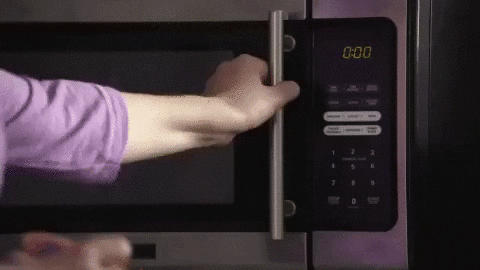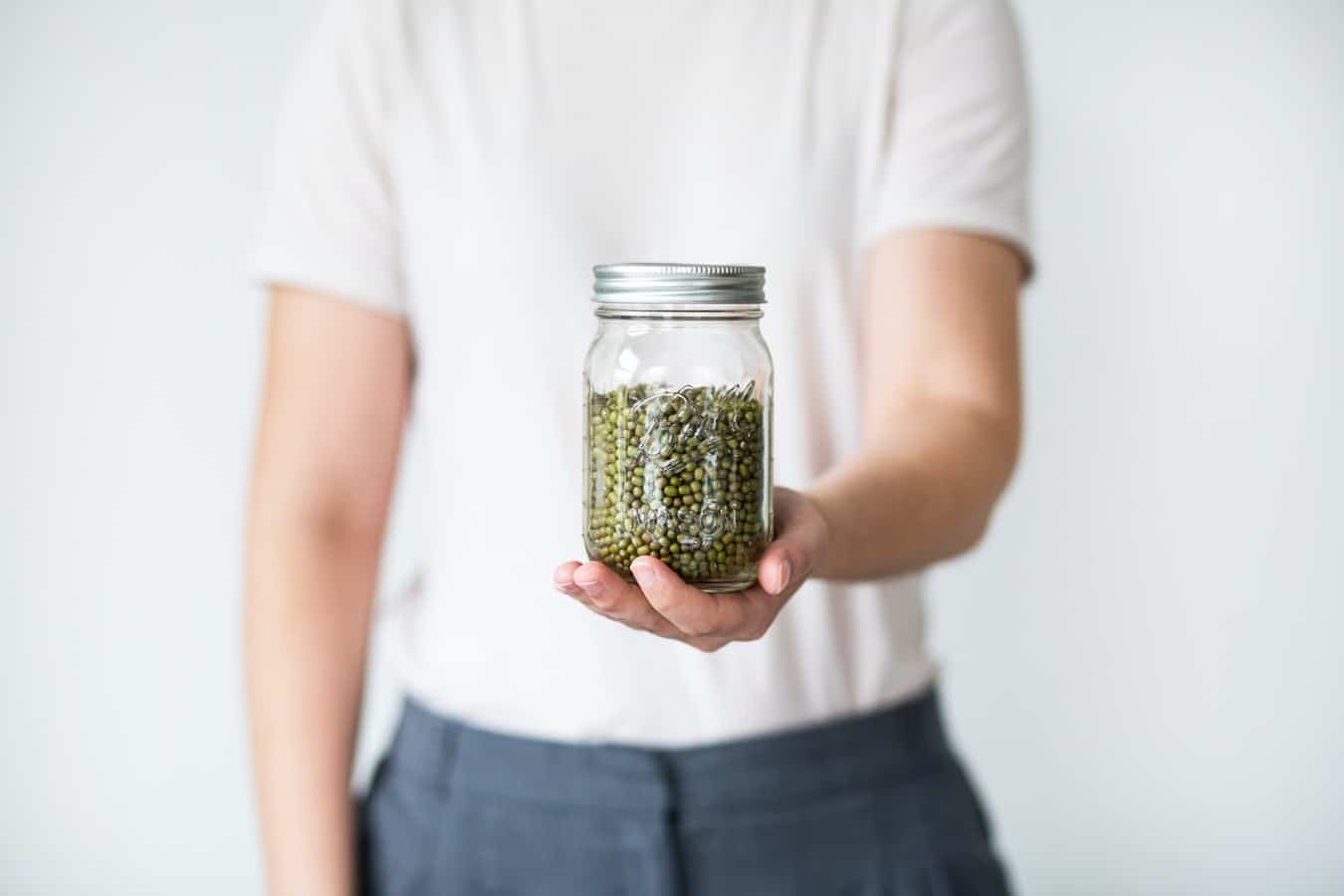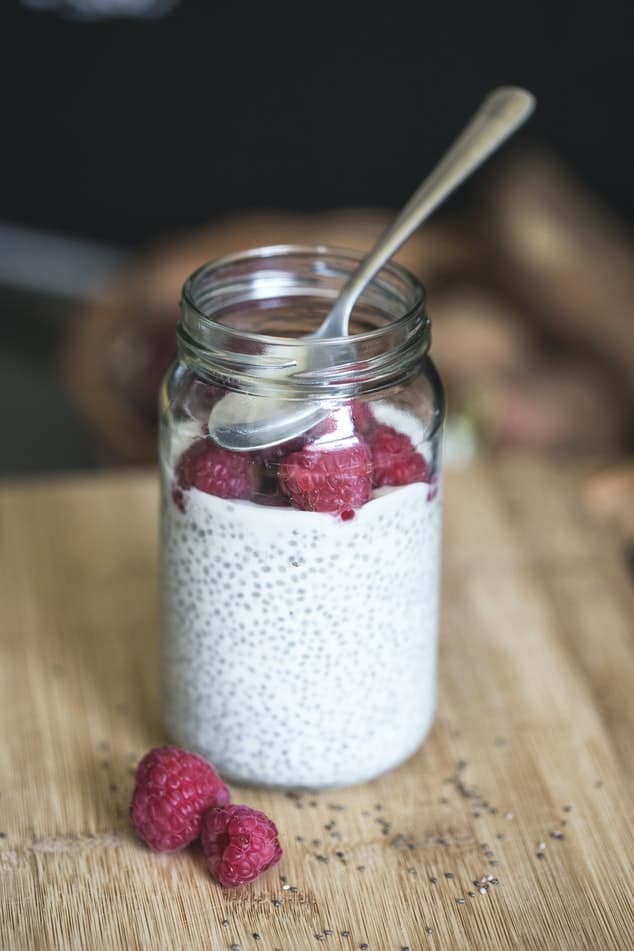A few people probably exist who don’t know what it is to be extremely hungry and short in time! And of course, most of us will just grab some food from the fridge and shove the dish into the microwave to warm it up.
So, Can You Microwave Glass Jars? Generally no, if the glass jar does not have a microwave-safe symbol on it. If your jar is made from ordinary glass, it is better not to heat it in the microwaves or ovens. Only jars with a special symbol on them can withstand high heat.
However, if we keep our dinner in glass tanks, we may face the dilemma: to heat or not to heat? Let’s see how to warm up food in Mason jars in the microwave oven so that both the tank and its content remain safe and of good quality!
Can You Microwave Mason Jars?
And, Can You Microwave Mason Jars? Yes, You can Microwave Mason jars if you see the safe microwave symbol on it. If you can’t find this sign better, move its content to another microwave-safe bowl to avoid any unpleasant accidents.
Generally speaking, yes, Mason jars can be safely microwaved to warm the food in them, however, this is only possible if the tank has a microwave-safe symbol on it! If you can’t find one on the jar (which often happens with the old tanks), better transfer its content into another, microwave-safe bowl to avoid any unpleasant accidents.
Why so complicated, you might wonder? Well, you see, Mason jars are made of glass as we all know, but not everyone is aware that not any glass can be safely exposed to heating in a microwave.
If we are talking about the microwaveable type of glass, then it will not be dramatically affected by the heat, of course. It will pick up heat, however, and become very hot to hold it, so one still needs to protect hands when taking the warmed food out of the microwave.
As for the common glass that is not heat-proof, it is not meant for being warmed in the oven like that at all. Such glass is highly reactive and can crack or even explode when being placed into the microwave oven.
It happens because microwaving heats objects too fast and glass items are put under huge stress which may lead to various dangerous accidents.
What Is Mason Jar And What Makes It Different?

Mason jar got its name after the American tinsmith John Mason who patented it in 1858. This is a molded jar made of glass that is widely used for home canning. What is it so special about it then, somebody may ask?
The main distinction of it is about how the lid is attached to the jar’s mouth. In a Mason jar, its mouth has a screw thread. That thread is meant for accepting the special metal ring, and when we screw the lid down, its rubber ring is pressed against the jar’s rim making it a perfect hermetic tank.
Those jars can be colored or not, and be of different sizes which often makes consumers wonder which jar would be better for specific purposes. Well, that is pretty simple to define:
[table id=92 /]
However, today Mason jars are widely used for not only canning but also for keeping foods and ingredients meant for cooking in them (e.g. coffee). Besides, they are very popular as mugs and people even make use of them instead of porcelain cups!

Moreover, this type of tank is dishwasher-safe which makes it way handier compared to delicate and fragile stoneware like ceramic and china.
How to Tell If Glass Jar Is Safe For Microwaving
Microwaving items that are not supposed to be exposed to such conditions can end up pretty bad, and not only for your kitchen devices.
So how do we know if the jar we keep the food in can be safely placed into the microwave? Well, we can offer two options:
- Examine a jar closely for the “microwave-safe” sign. It can be usually found on the bottom of the item or if you still have the original boxes/package the jars came in, try to search for that sign there. Such a sign will indicate that the item microwaves well and can withstand high temperatures easily.
- If for some reason it is impossible to indicate whether the jar is heatproof (for instance, if it is old and has no such symbols on it), we would recommend giving it a quick safety test. To do that, prior to putting the food in such a container, test the jar in a microwave for a minute or two. Remember that it must be empty with no liquids or beverages inside! And also, we would not advise anyone to put thin-glass jars or other dinnerware into the microwave since they are too fragile and can get gravely damaged.
Always check the jars for the heat-proof sign, and better purchase proper tanks at once to be sure that they will serve you well.
Precaution Measures When Heating Food In Mason Jars
Even if the Mason jars you have are heat-proof, it does not mean that no safety rules must be followed! As you probably already noticed, such tupperware always comes with lids of different sorts. Hanging upon the kind of the lid, you will have to take certain precaution measures.

- If the tank has a screwable lid, that one must be taken off prior to heating the jar, otherwise, the cap will be damaged badly. Remember: no metal objects can go into the microwave!
- In case the glass tank has a lid that is also made of glass and it is attached to it with the metal mainstay, do not heat it in a microwave at all! It often happens that those mainstays show a bad reaction to heat and can even be partly melted!
- In case you are using plastic covers for the mason jars, those must be removed as well before the tank is placed into the microwave. Plastic can melt making the food inedible.
- When taking the jar out of the microwave, make use of protective kitchen gloves, hot pads, or grab a towel to hold the tank with it. Even though Mason jars are heat-proof, it does not mean they will not get hot. Take care of your hands to not burn them accidentally.
- Never microwave stuff that is fully frozen in Mason jars! Glass does not flex well enough, and when being heated, the content can expand and break the tank. In this case, better to thaw the food in a basin with cool water prior to warming it up.
These simple tricks will allow you to keep both your Mason jars and food safe, and avoid any dramatic kitchen accidents like exploding microwaves or broken glass tanks. Nobody needs that, right?
How to Microwave Food In Glass Containers
Since now you are aware of the basic nuances of the glass Mason tanks, you might already guess what to do to microwave them safely. However, it is better to double-check once again to be sure that not a single thing will be missed.
- First of all, ensure the tank is microwaveable. This can be done by one of the methods described above.
- If the jar is heat-proof and it has food inside that needs to be heated, see if it needs defrosting.
- If the content is completely frozen, then start with thawing it in a basin with cool water until the food is not icy anymore.
- When the content is ready for heating, take off the lid (no matter whether it is metal or plastic), and place the jar into the microwave. Remember though that the tanks with the glass lids and metal fastening must not be put into microwaves.
- Heat the jar slowly in short intervals. Like that, you will not miss the point when the food is perfectly hot. Also, remember to stir the content now and then while heating to let it warm thoroughly.
Mason jar is very useful in any home, no matter whether you use it solo like a cup or you keep foodstuff in it. Being mostly microwaveable and easy to maintain, this glass item can make life easier if we take care of it and use it right.
[wp-faq-schema title=”Frequently Asked Questions”]

Hi! Can you microwave a glass jar of sauce? I have half a jar of homemade sauce but it’s too cold already to eat it as it is. I thought of heating it but I’m not sure if the jar will survive.
I’d say check the jar for the “heat-resistant” symbol. If you find it, then microwave it safely. Otherwise, I’d not mess up with this stuff. Broken glass in a microwave that’s not good!
Hey everyone! Does anyone know: can you microwave glass containers? And how to figure out if they can be heated? Thanks in advance.
Hello! Usually, glass tanks are not supposed to be heated. Glass is very fragile and will crack or explode when exposed to quick heating. However, if yours are heat-resistant Mason jars, then it’s OK to microwave them. You can figure it out by examining the tank: there must be a symbol that says it’s heatproof.